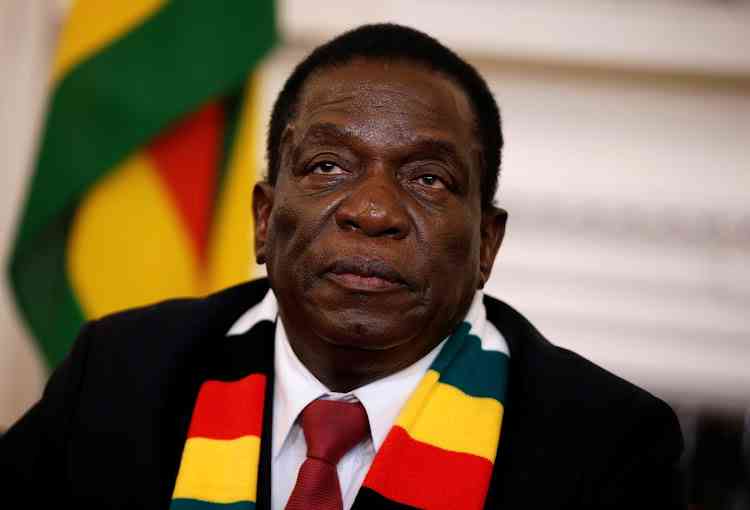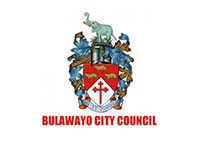
PRESIDENT Emmerson Mnangagwa told Cabinet this week that a number of policy measures will be put in place by authorities to stop price hikes, stabilise the foreign exchange rate, preserve the value of the local currency, and eventually promote savings.
He claimed that a structured currency will be used to accomplish this.
He did not, however, elaborate on what he meant.
The President may have intended to implement currency reforms, such as altering the monetary policy framework, introducing additional security features, or changing the denominations of money, according to some analysts.
Some believe he was talking about providing structure to the local currency through changes to the foreign exchange policy, inflation targets, or interest rate modifications.
Alternatively, it is possible that he was discussing the Central Bank Digital Currency, which has been under development by the Reserve Bank of Zimbabwe (RBZ) since 2021.
We're not sure.
However, one thing is certain—none of these strategies will be successful.
- Mr President, you missed the opportunity to be the veritable voice of conscience
- ED to commission new-look border post
- Zanu PF ready for congress
- EU slams Zim over delayed reforms
Keep Reading
It should be noted that the government has previously proposed similar currency reforms in an effort to stabilise the foreign exchange market and preserve the value of the domestic currency.
A few examples include the implementation of a multi-currency system, a 1% tax on all foreign payments, and assumption of all foreign currency debts from the central bank. In order to provide people with an alternative store of value to the US dollar and lessen their dependency on it, the government launched the Zimbabwe gold-backed digital token. It also unveiled the Mosi-Oa-Tunya Gold Coin.
However, these reforms have sadly not been able to stabilise the Zimbabwe dollar, which has depreciated by around 90% since the start of the year, and the discrepancy between official and parallel exchange rates is still growing.
According to the official exchange rate, the value of the Zimbabwean dollar against the greenback as of Wednesday was US$1: ZW$11 109. On the black market, it was trading for ZW$15 000.
We wonder how many currency adjustments we should require in order to strengthen the local currency.
The monetary authorities are obviously diagnosing the problem incorrectly. As economist Gift Mugano would eloquently describe it, it is like applying toothpaste after you have lost your teeth.
It will not work.
The authorities must simply do the right thing.They ought to quit creating policies that weaken the demand for the Zimbabwe dollar and cease printing money.
For example, the government charges exclusive greenbacks for services like passport fees. This has a negative impact on the local currency.
Finally, the government ought to let the formal market choose an exchange rate that is widely accepted.






